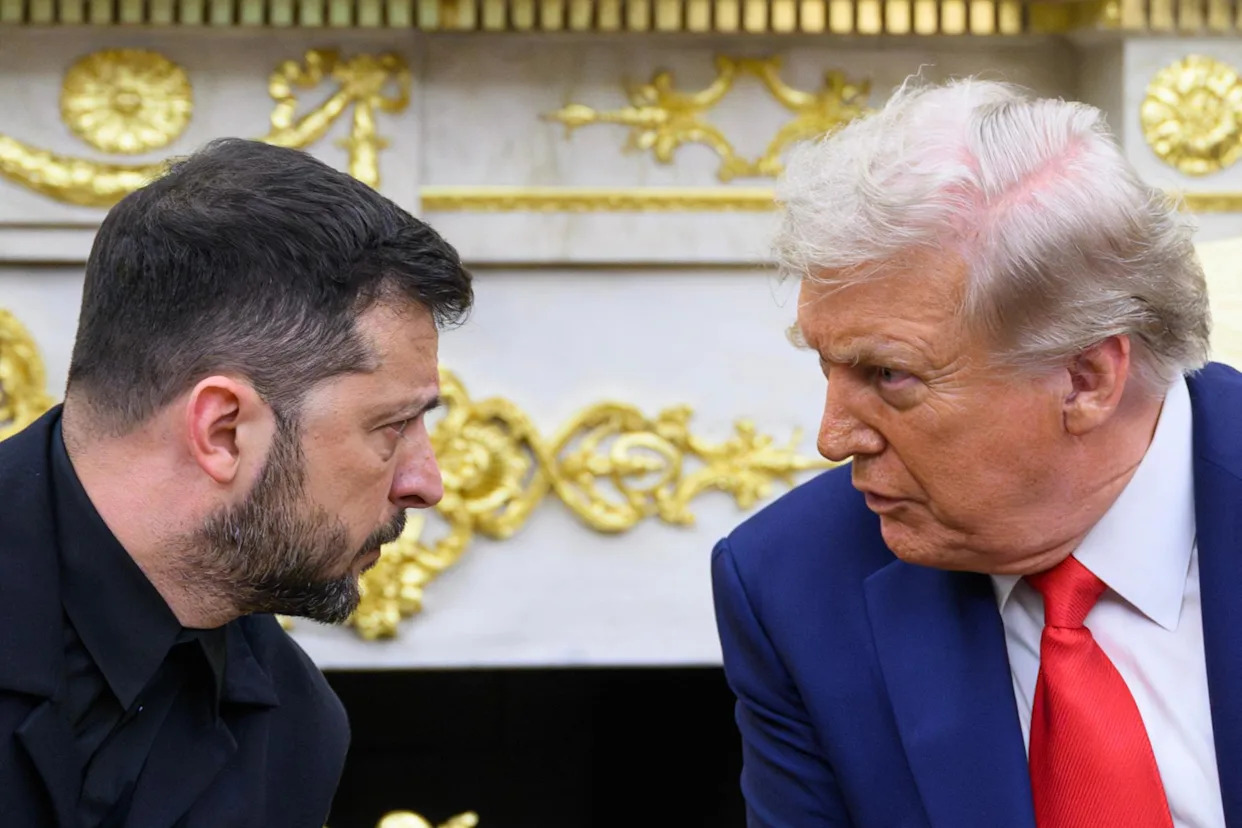
If there was a sign that Volodymyr Zelenskyy wasn’t going to be immediately voted off the island of the Donald Trump diplomacy show, it came early on when a familiar voice commended his choice of attire.
“President Zelensky, you look fabulous in that suit,” said Brian Glenn, a pro-Trump pundit and member of the White House press corps, who had attacked him for wearing military fatigues during the infamous Oval Office meeting in February. “I said the same thing,” Trump added.
“You are in the same suit,” Zelenskyy shot back, earning smiles and laughter from the room including the US president. “I changed, you did not.”
Thus did Zelenskyy survive his first media appearance at the White House with Trump on Monday as the US president focused less on belittling the leader of a wartime ally than boasting – and in many cases exaggerating – his exploits as a peacemaker in world conflicts.
Related: Trump tells Zelenskyy ceasefire not needed for Russia-Ukraine peace deal
Zelenskyy, dressed reluctantly in a black military-style suit to appease sticklers for protocol in the White House, largely sat by quietly as Trump claimed to have hammered out peace deals in six wars including one the veteran real estate developer said had taken place in the “Republic of the Condo”.
From Trump there was hyperbole about his ability to broker peace deals, digressions to internal US political battles over mail-in ballots, nebulous declarations about how he would end the conflict and evasions over how he would do that without negotiating a ceasefire.
But there were no explosions – which meant for Zelenskyy it probably went as well as it could have.
Luckily, Zelenskyy had some help, as he was joined by the UK’s Keir Starmer and the leaders of France, Germany, Italy, Finland and the European Union in order to keep the discussion on track and to prevent a similar meltdown as took place in February.
It was billed as a European summit at the White House on Monday, but it might as well have been an intervention.
The European leaders were all smiles as they arrived at the White House on Monday afternoon, but they were there to steer Trump away from being sweet-talked by Vladimir Putin into a bad deal on Ukraine and Europe.
Before Trump rolled out the red carpet (literally) for Vladimir Putin in Alaska last week, he said that he would know within two minutes of meeting the Kremlin leader whether it would be possible or not to negotiate with him.
But within two minutes of meeting Zelenskyy, Trump sent a message when he was asked early in a press conference whether Russia or Ukraine “had the better cards”.
“I don’t want to say that,” said Trump, who in February directly told Zelenskyy that he “didn’t have the cards to negotiate”.
Then, he went back and played the classics: “Look, this isn’t my war. This is Joe Biden’s war.”
The Ukrainian leader’s arrival at the White House on Monday had potentially threatened the kind of political fireworks – or some could say depth charges – that scuttled the Ukrainian leader’s last visit to Washington in February.
Then Trump and vice-president JD Vance teamed up for a brutal takedown of Zelenskyy during which Trump told him that he was “playing with world war III”.
But on Monday, Zelenskyy found a far more hospitable welcome from both Trump and Vance, and he kicked off the meeting with some high-level flattery, thanking Trump profusely for his efforts to end the conflict and praising Melania Trump for sending a letter to Putin about abducted Ukrainian children.
There was little detail about the peace deal that Trump wanted to hammer out, except for the fact that he wanted to skip past a ceasefire – too difficult to actually negotiate – and go straight for a peace deal.
And yet it appeared that all – or at least most – sides were keen to smooth over their differences in order to prevent Ukraine as being seen as the main obstruction to peace and of throwing the ball back to Putin.
The EU’s most substantive pushback (in public at least) came as the leaders all sat around a table and Germany’s Friedrich Merz and France’s Emmanuel Macron both called for a ceasefire before talks over territory or a peace deal moved forward.
Trump didn’t appear to take umbrage although he had ruled out a ceasefire earlier – and doubled down after Merz again called for a halt in the fighting.
But the most white-knuckle moment of the introductory remarks came as Zelenskyy began to delve into detail on Ukraine’s priorities for ending the war, all good points that Trump appeared to have little interest in discussing in depth.
As the minutes ticked by, Macron’s face grew dour. Trump tried to break in but Zelenskyy continued to speak.
Then suddenly, as though coming to, the Ukrainian leader straightened up in his seat and quickly wrapped up his remarks. Mark Rutte, the secretary general of Nato, quickly jumped in and, as soon as possible, said the main words that Trump wanted to hear: “Thank you.”
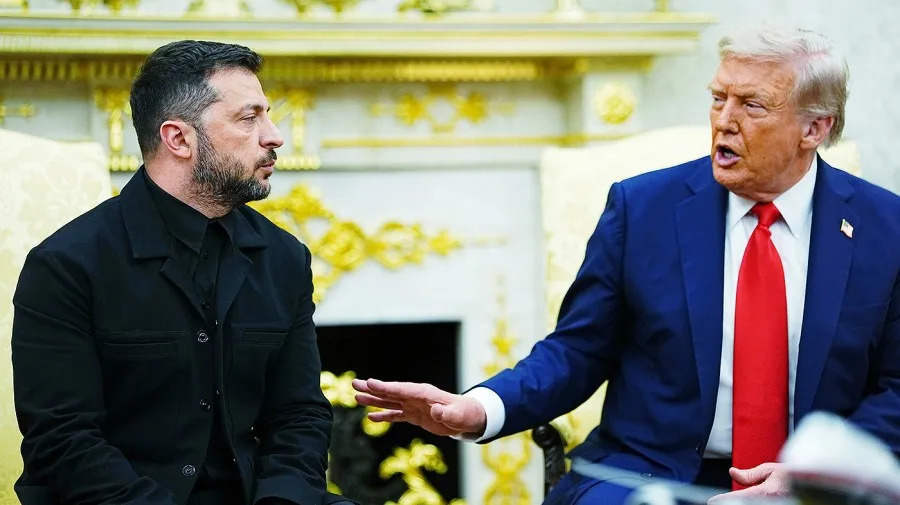
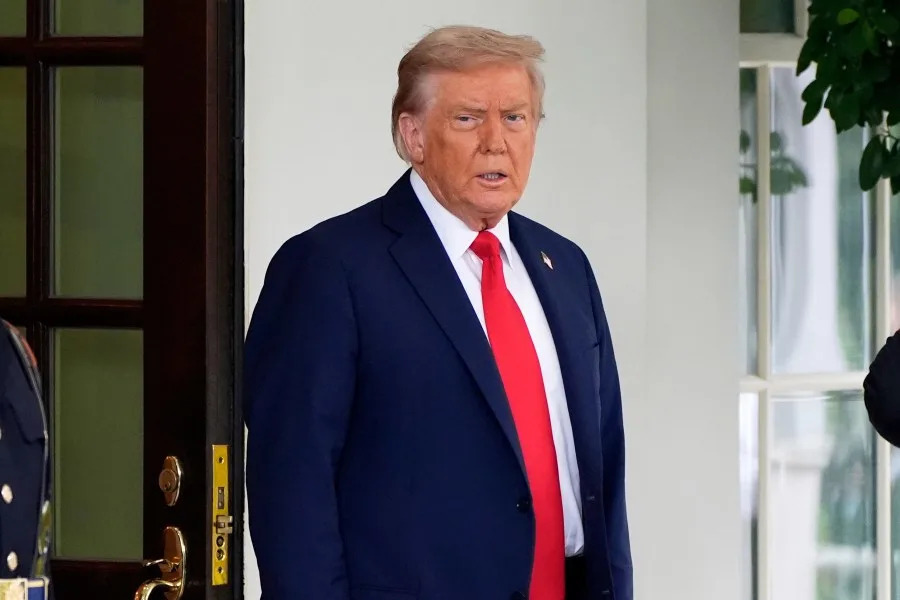
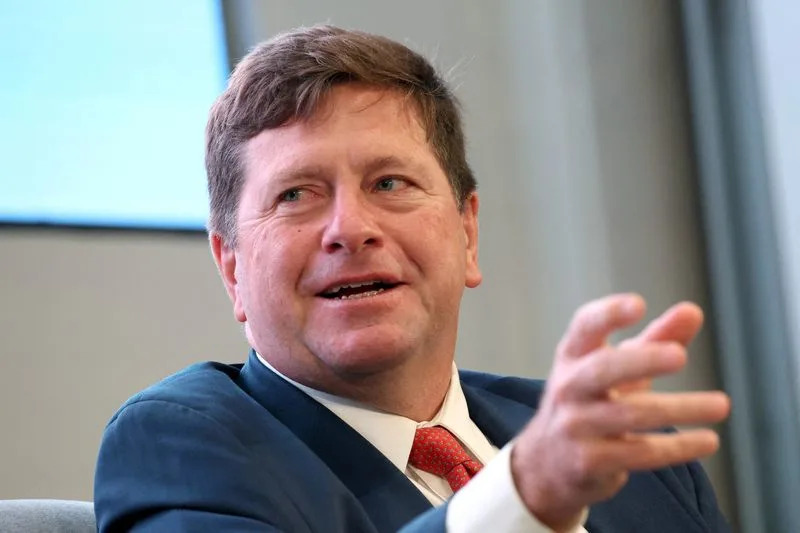

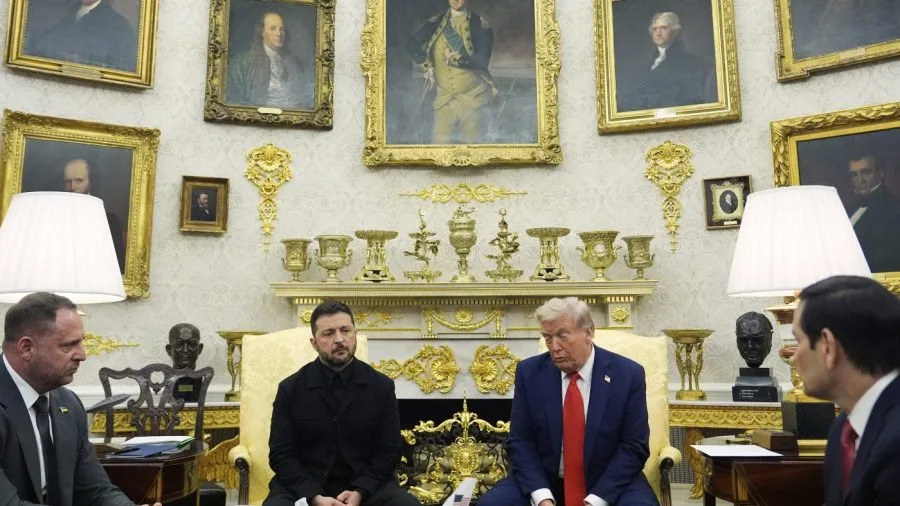
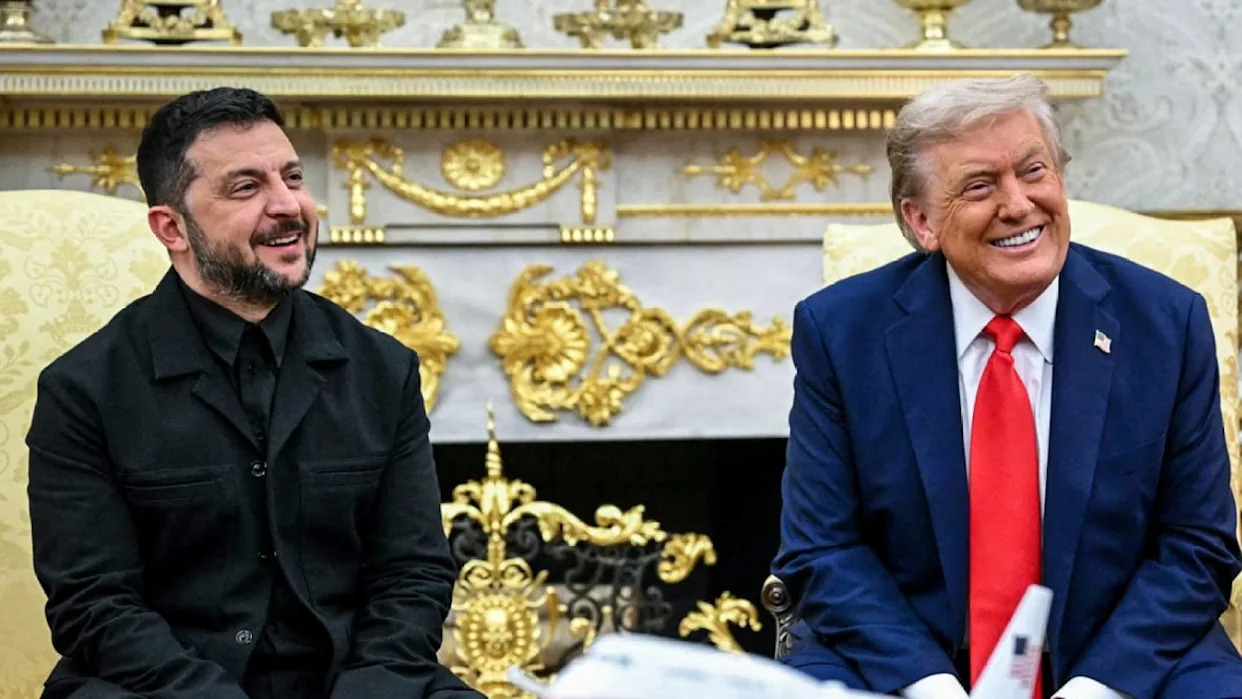
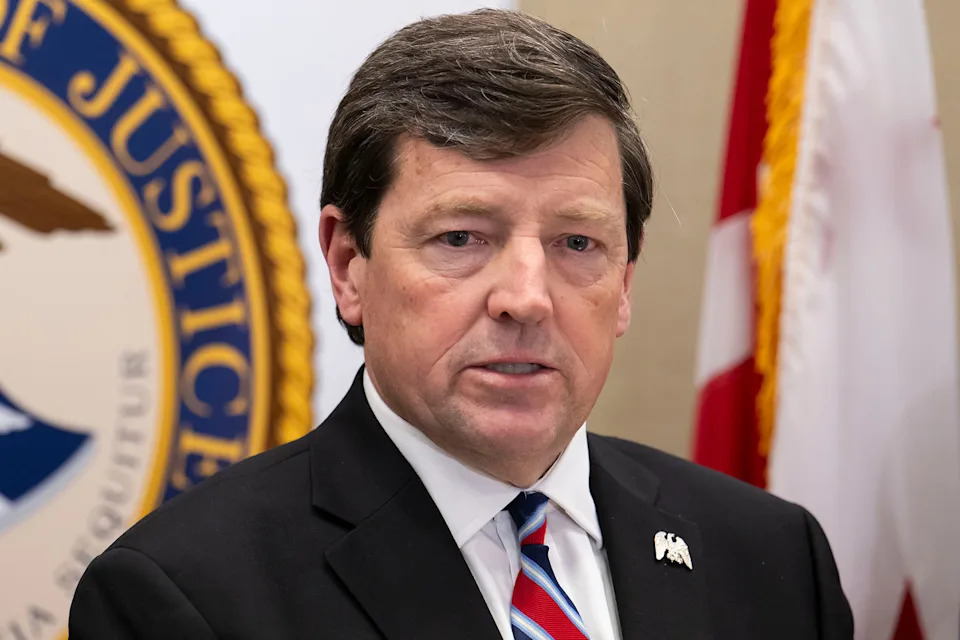
Comments